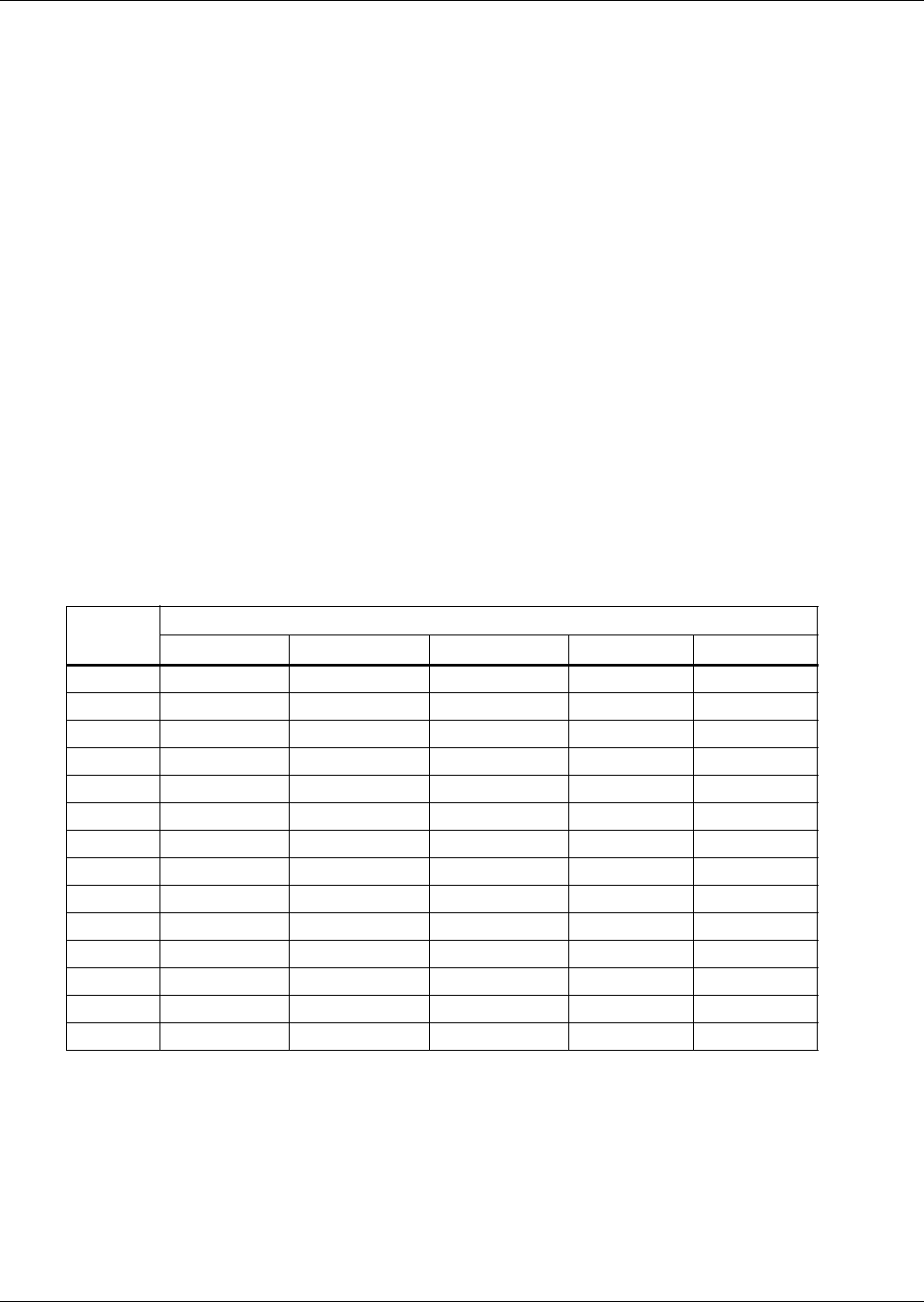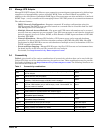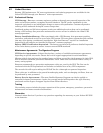
Operation
Liebert
®
NX
™
24
2.6 Automatic Operations
The Liebert NX UPS system is designed to function while unattended by an operator. The system
control logic monitors the performance of the UPS, the availability of power sources and the current
required by the critical load.
The system control logic:
• Determines what overload conditions can be sustained without a transfer to bypass.
• Initiates an automatic transfer to bypass to sustain an overload or when selected UPS faults
occur.
• Can initiate an automatic retransfer to the UPS after an overload has been cleared.
• Initiates an automatic transfer to bypass and emergency module shutdown when specified UPS
faults occur.
2.6.1 Overloads (Without Transfer)
The UPS system is capable of sustaining full output voltage (±2% of the nominal voltage) for overload
conditions that remain within (under) the current versus time curve of overload capacity (Figure 2).
Note that the time scale is not linear.
For high current demands of short duration (momentary overloads), the critical load is supplied
simultaneously by both the UPS system and the bypass line. Whenever an overload condition occurs,
you should determine the cause of the overload. If an overload condition exceeds the overload
capacity, the UPS system initiates an automatic load transfer to the bypass line.
For overloads above the Input Current Limit, a DC source, such as a battery system or a generation
source, must be available. The Input Current limit has a default setting of 125% rated output current.
Table 2 Current-versus-time curves of overload capacity
Load (%)
Overload Time, sec. (min.)
104°F (40°C) 95°F (35°C) 86°F (30°C) 77°F (25°C) 60°F (20°C)
101 8249.9 (137.5) 10999.8 (183.3) 13749.8 (229.2) 16499.7 (275) 16499.7 (275)
105 1650.0 (27.5) 2200.0 (36.7) 2750.0 (45.8) 3299.9 (55) 3299.9 (55)
110 825.0 (13.75) 1100.0 (18.3) 1375.0 (22.9) 1650.0 (27.5) 1650.0 (27.5)
115 550.0 (9.2) 733.3 (12.2) 916.7 (15.3) 1100.0 (18.3) 1100.0 (18.3)
120 412.5 (6.9) 550.0 (9.2) 687.5 (11.5) 825.0 (13.8) 825.0 (13.8)
125 319.4 (5.3) 425.9 (7) 532.4 (8.9) 638.9 (10.6) 638.9 (10.6)
130 222.2 (3.7) 296.3 (4.9) 370.3 (6.2) 444.4 (74) 444.4 (74)
135 152.7 (2.5) 203.6 (3.4) 254.6 (4.2) 305.5 (5) 305.5 (5)
140 100.6 (1.7) 134.2 (2.2) 167.7 (2.8) 201.3 (3.4) 201.3 (3.4)
145 36.7 (—) 48.9 (—) 61.1 (1.0) 73.3 (1.2) 73.3 (1.2)
150 27.7 (—) 37.0 (—) 46.2 (—) 55.4 (—) 55.4 (—)
155 7.3 (—) 9.7 (—) 12.1 (—) 14.6 (—) 14.6 (—)
160 7.3 (—) 9.7 (—) 12.1 (—) 14.5 (—) 14.5 (—)
165 7.3 (—) 9.7 (—) 12.1 (—) 14.5 (—) 14.5 (—)
The inverter overload is based on 104°F (40°C) ambient. At lower ambient temperatures, the overload timers
automatically adjust to longer run times.


















